WASHINGTON/TOKYO, July 24 (V7N) – U.S. President Donald Trump has finalized a significant trade agreement with Japan, reducing tariffs on Japanese auto imports and avoiding planned punitive levies on other goods, in exchange for a $550 billion investment and loan package directed toward the United States.
This deal represents the most substantial achievement among several trade agreements Trump has pursued since announcing broad global tariffs in April, although many specific details remain undisclosed.
As part of the agreement, Japan has committed to purchasing 100 Boeing aircraft and increasing defense-related spending with U.S. firms from $14 billion to $17 billion annually, according to a White House official.
Japan’s automotive sector, which constitutes over a quarter of its exports to the U.S., will benefit from a reduction of auto tariffs to 15%, down from the previous combined rate of 27.5%. Additionally, tariffs set to take effect on August 1 on other Japanese products will be lowered from 25% to 15%.
U.S. Treasury Secretary Scott Bessent explained in a Bloomberg Television interview that Japan secured the favorable 15% auto tariff rate by offering an innovative financing mechanism unlikely to be replicated by other countries.
Following the announcement, Japan’s Nikkei stock index surged nearly 4% to its highest level in a year, with major automakers Toyota and Honda leading gains by more than 14% and 11%, respectively. U.S. stock markets also responded positively, with the Dow Jones Industrial Average rising 158.7 points at the open.
President Trump proclaimed on social media, “I just signed the largest TRADE DEAL in history with Japan.” He further stated that Japan and Indonesia were opening their markets to the U.S. and emphasized that tariffs would only be lowered if trading partners agreed to open their markets.
Japanese Prime Minister Shigeru Ishiba, responding to speculation about his political future, praised the agreement as featuring “the lowest rate ever applied among countries that have a trade surplus with the U.S.”
Trade between the two countries reached nearly $230 billion in 2024, with Japan holding a trade surplus of around $70 billion. Japan ranks as the fifth-largest U.S. trading partner in goods.
The U.S. investment package includes loans and guarantees totaling up to $550 billion from Japanese government-affiliated institutions aimed at helping Japanese firms build resilient supply chains in critical sectors such as pharmaceuticals and semiconductors.
A White House official explained that projects like semiconductor manufacturing could be financed by Japanese funds and leased to operating companies, with leasing profits shared primarily in favor of the U.S.
Tariffs on medicines and semiconductor chips will be addressed separately, according to officials.
Japan also agreed to purchase $8 billion worth of U.S. agricultural and other products, including a 75% increase in rice imports, though Prime Minister Ishiba insisted this would not compromise Japanese agriculture.
Bank of Japan Deputy Governor Shinichi Uchida described the deal as “very big progress” that reduces economic uncertainty.
Some economists had warned that the tariffs might have pushed Japan’s economy—the world’s fourth-largest—into recession.
Japan’s leading business lobby, Keidanren, welcomed the deal, recognizing the substantial contributions of Japanese companies to the U.S. economy.
The positive market reaction extended to South Korean and European automakers, raising hopes for similar trade agreements.
However, U.S. automakers expressed dissatisfaction, concerned about a trade system that reduces tariffs on Japanese auto imports while maintaining 25% tariffs on imports from their factories and suppliers in Canada and Mexico.
This agreement highlights the complex dynamics of global trade, balancing tariff reductions with strategic investments and political considerations, amid ongoing efforts to reshape international trade relationships.
News Source: Reuters.......
END/WD/AJ/



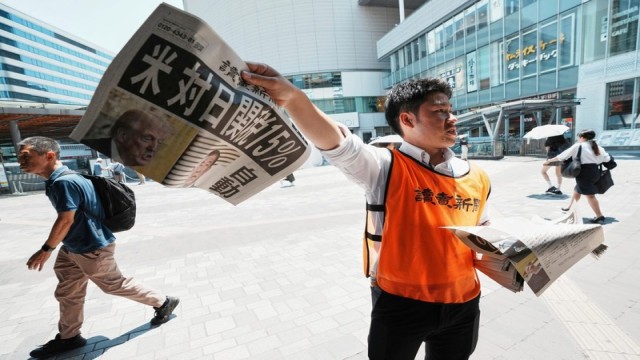


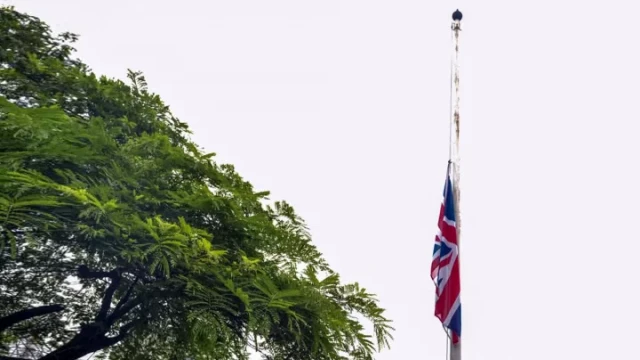
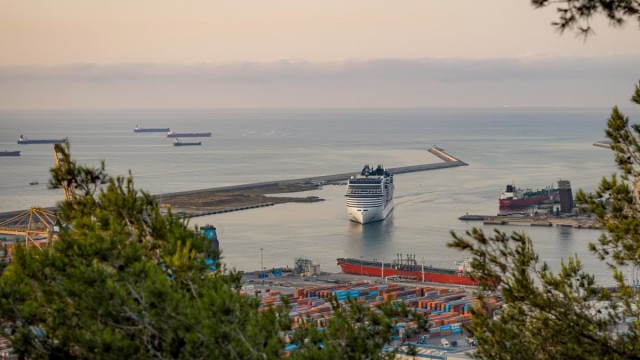

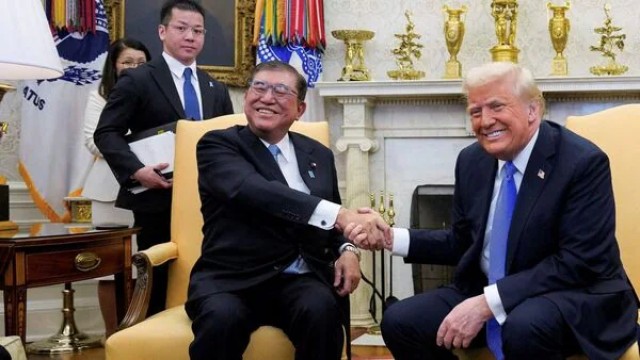
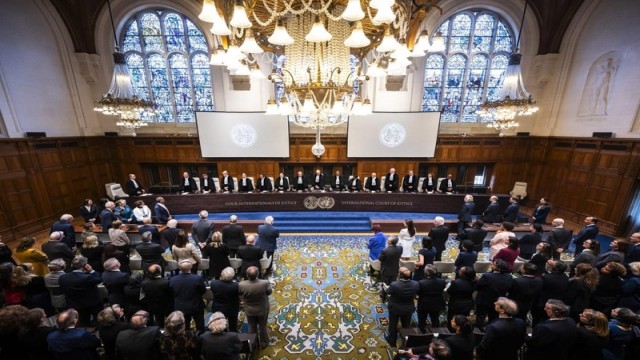


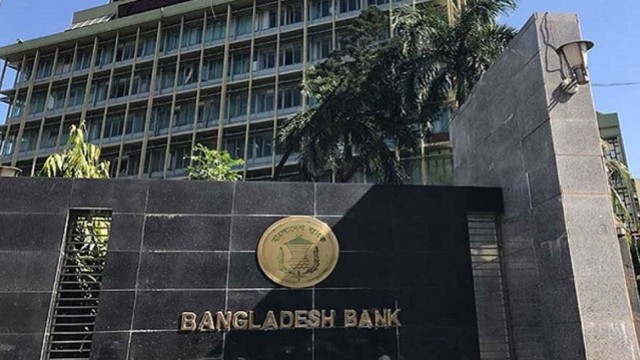
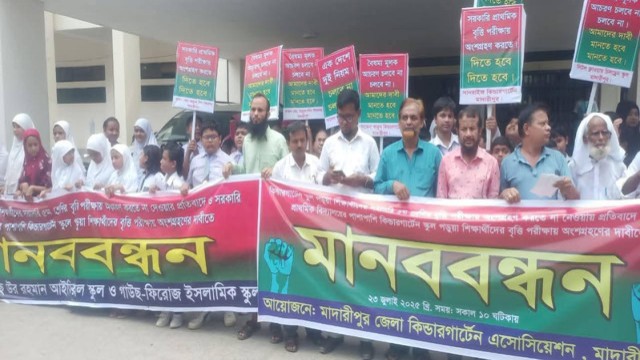


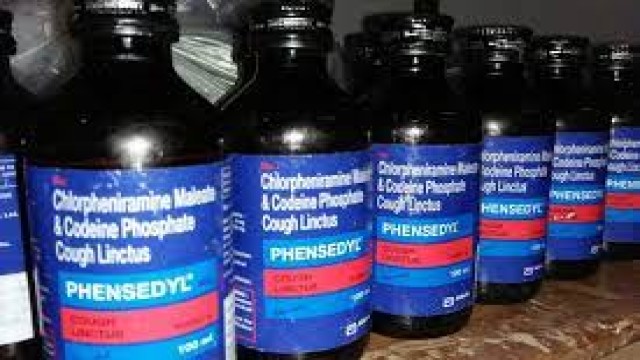

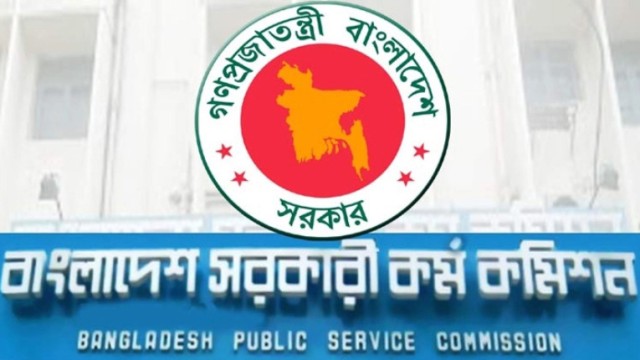
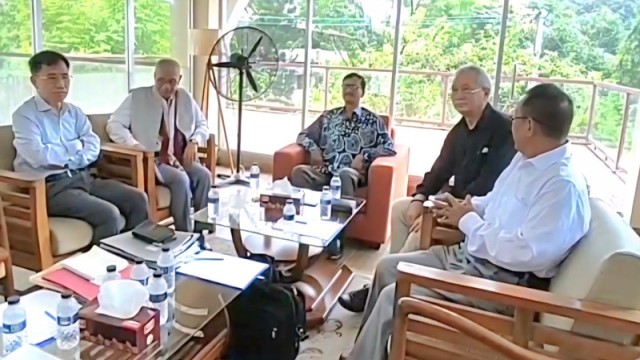



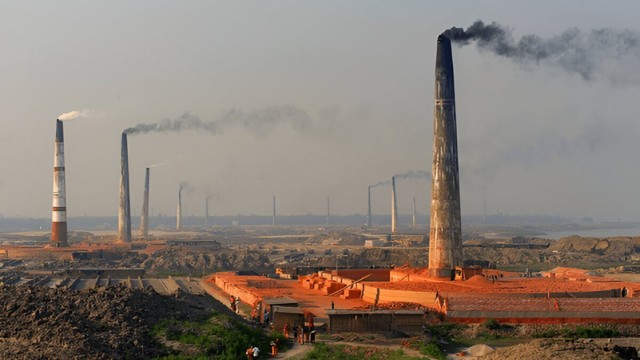



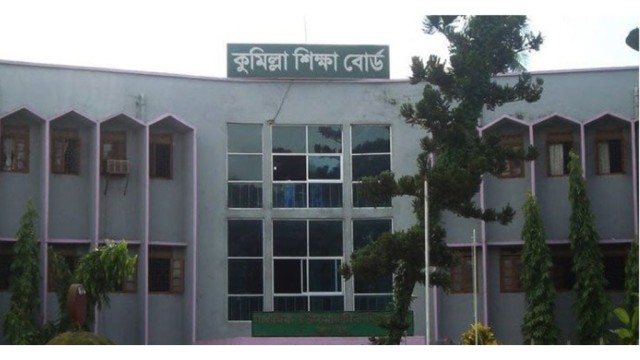
Comment: